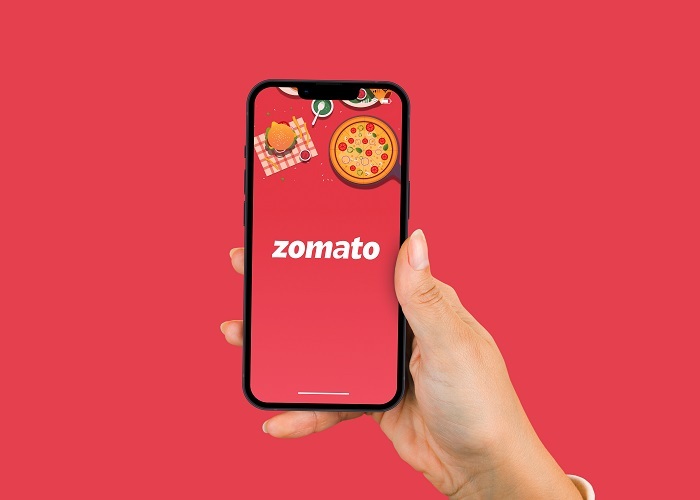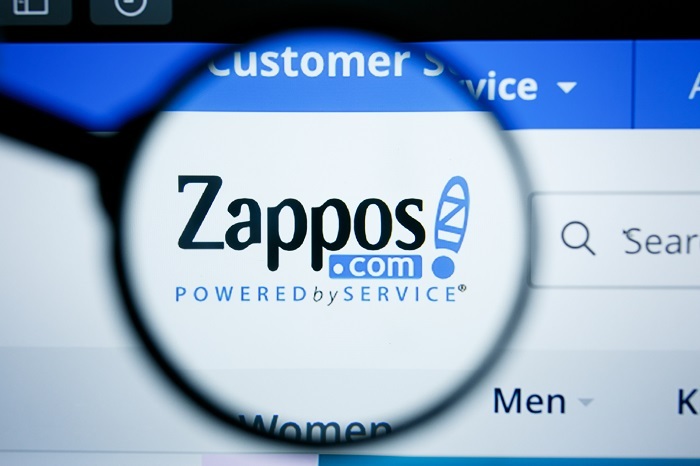
 Data Structure
Data Structure Networking
Networking RDBMS
RDBMS Operating System
Operating System Java
Java MS Excel
MS Excel iOS
iOS HTML
HTML CSS
CSS Android
Android Python
Python C Programming
C Programming C++
C++ C#
C# MongoDB
MongoDB MySQL
MySQL Javascript
Javascript PHP
PHP
- Selected Reading
- UPSC IAS Exams Notes
- Developer's Best Practices
- Questions and Answers
- Effective Resume Writing
- HR Interview Questions
- Computer Glossary
- Who is Who
The Different Persuasive Appeals of Advertisements with Examples
In today's world, advertising only your product and its benefits is not going to help companies. Companies would have to target the various persuasive appeals of consumers in order to stay relevant and ahead of their competitors and the market. Because companies advertise their products in every corner of this round world, consumers have now turned a blind eye to the advertisements. They easily block the audio and visuals of advertisements, even when you could see someone intently watching the advertisement.
In this article, we will look at the various persuasive consumer appeals that companies can target in their advertisements, the benefits of doing so, and how various prominent countries are doing the same.
Persuasive Appeals of Advertisements
Before delving into the various persuasive consumer appeals, let us first define the broad two categories of advertisements. An advertisement can either focus on ?

The hedonic need of the Consumer ? this will target the different emotional needs of the consumer. This is the part we will be discussing in depth in today's article.
The utilitarian need of the Cconsumer ? this will help the consumer by providing them with relatable information on the product features, benefits of the product, how it is better than the competitors' product or service, the specification of the product, the technological advancement of the product, and others.
Different Emotions that Companies Can Target while Creating Their Advertisements
We are simple beings, but we feel variations of different emotions throughout the day. Companies can target these emotions to position their brand in the mind of the consumer. Advertisements with hedonic motives tend to stick with consumers longer. It is most effective in the case of products that have ?
Low Involvement ? The consumers do not gather much information about the product because of the price of the product, the frequency of purchase, or the type of product it is.
The Need for Cognition is Low When potential consumers do not want to think much before making the purchase decision.

Fear Appeal
In this approach, the marketer tries to create a situation of anxiety, fear, and loneliness and then tries to solve these issues by advertising the benefits of the product or by advising the consumers to abstain from using the product. In simple words, marketers can use this type of advertisement to sell their product or to ask the consumers not to purchase it because it is going to cause them trouble. To further illustrate, let's take the example of certain companies.
Life Insurance Corporation of India The tagline of the company is "Zindagi ke saath bhi, zindagi ke baad bhi." Here, the company creates advertisements for various insurance policies. The company showcases how their dependent family members will be in trouble if something happens to them, and hence it is essential for them to have life insurance to secure them and their lives. The company also shows people in distress after certain accidents, hence selling their fire insurance, travel insurance, and other plans.
Gold Flakes ? Though it is a government mandate to include those deadly pictures on the packaging of the product, the companies, and the government are using fear appeal to discourage people from consuming the product. The products are harmful to health, and through the graphics, the company shows what their situation could be if they keep consuming the products.
Nicoderm Patches ? This company also uses fear appeal to attract consumers. The company showcases how irritable one gets when one tries to abstain from using drugs and how it could be solved through their patches.
Some points that marketers should keep in mind when they decide to use the fear appeal are ?
It takes time for drug users to leave their ugly habit; hence, they would have to ensure long-term advertisement campaigns to stay relevant.
Do not use too much of a fear appeal, as it will force the consumer to turn a blind eye to the advertisements.
It will not be effective on everyone due to differences in mental abilities and drug consumption.
According to a survey, it will be more effective in the case of younger consumers and women than in the case of men.

Humor Appeal
This is the most common appeal when it comes to advertising. In a study, it was found that around 20% of the advertisements use humor to advertise their product. Some points to take into consideration while developing humorous advertisements are as follows ?
Humorous advertisements are more successful and drive positive results for already-established brands than for newly established ones.
Brands that can relate the humor of their advertisement to their product outperform those that cannot.
There could be situations in which the benefits and essence of the product are lost in the humor.
Humorous advertisements work better with low-involvement products.
Different demographics may react differently to humorous advertisements; hence, the brand needs to know its target consumer in depth.
Examples of brands using humorous advertisements are ?

Zomato ? For every Zomato user, we often see pop-up advertisements at least twice a day. On the last working day of every month, the Brand would send a popup like "Salary is credited, and so is our food." These pop-up advertisements are both relevant to the consumer's current situation and humorous.
Moore Paints ? The company carried a campaign "for those who know more." Here, the company is using wordplay to create humor, and the advertisement is relevant as well.
Man Force Condoms ? When Saif Ali Khan and an Indian Bollywood actor had their fourth baby, the company advertised their product with the tagline "Be safe and not Saif with Manforce." The advertisement gained a lot of popularity and was a hit.

Sensual Appeal
This type of advertisement deals with sexual experiences and the nudity of humans. These kinds of advertisements are strong, but they need to be portrayed while considering many factors to be effective. The points that marketers should take into consideration are ?
They have to ensure that the sensual appeal and the product theme or essence are interlinked. If the product is not related to the imagery being depicted, then the advertisement will not be a success.
The sensual appeal is more effective for extrovert consumers, while introverted consumers may feel shy or offended and abstain from buying the product.
Sensual appeals cannot be used in all countries, for example, Saudi Arabia and others, so the political and legal factors of the countries have to be taken into consideration.
There are high chances of the consumer getting overwhelmed by their biological needs.
Some of the companies using sensual appeal to attract consumers are ?
Man-Force Condoms ? The company advertises its various variants, like different flavors, textures, or sizes of the product, by showcasing sensual, erotic, and romantic scenes between two individuals.
Park Avenue Perfumes ? The company shows romantic and even erotic scenes between two individuals after they have applied the perfume. It works well with their soap, too.

Zappos The Online Retail Store ? The company asked customers to dress their naked models doing various life tasks, such as riding a bike or walking, in clothes from the Zappos website. The advertisement was a hit because of its unique approach.
Advertisement appeals help marketers position their products in the minds of consumers. The advertisements can backfire as well if they are not planned properly and the consumer segment has not been studied. It can also backfire by deteriorating the image of the company. Hence, it is better for the company to be safe than sorry.

